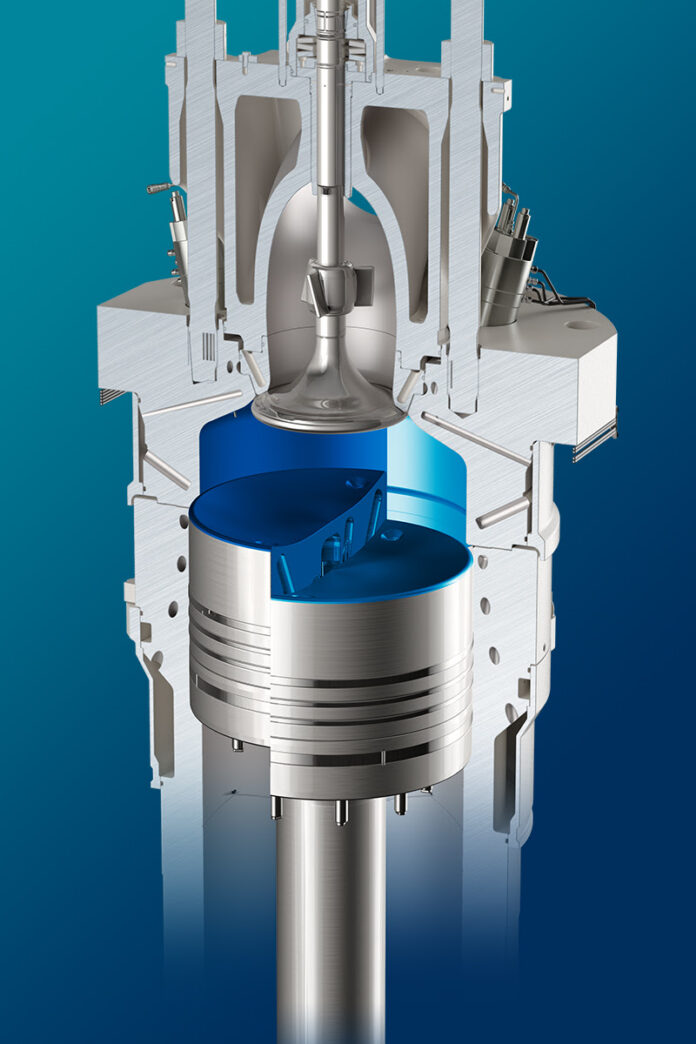Swiss marine power company WinGD has reached a significant milestone with its hundredth order for Variable Compression Ratio (VCR) technology, an innovation designed to optimize combustion in X-DF dual-fuel engines based on fuel type and engine load.
Launched in June 2023, this technology has quickly become a preferred choice for dual-fuel engine orders, particularly within the LNG carrier market.
The milestone order involves constructing four LNG carriers for a Middle Eastern shipowner at a Korean shipyard. These vessels join a growing number of orders where X-DF engines equipped with VCR technology have become the standard in the LNG carrier segment over the past year.
Furthermore, this technology is also gaining traction in the pure car and truck carrier, bulk carrier, and container ship markets, with nearly 10 shipowners selecting it for their X-DF engines.
VCR technology allows the engine’s compression ratio to be dynamically adjusted based on the fuel type, engine load, and combustion characteristics. This capability enables higher compression ratios when operating on diesel, improving efficiency, and allows for adjustments during LNG use to optimize performance and reduce emissions. This innovative hydraulic solution marks the first use of dynamic compression ratio adjustment in a marine engine.
VCR is the second enhancement in the X-DF2.0 technology suite introduced by WinGD, following the successful deployment of Intelligent Control by Exhaust Recycling (iCER). Over the past two years, iCER has been widely adopted, particularly in LNG carriers.
According to a statement, recent tests have shown that X-DF engines with both iCER and VCR technologies achieve lower fuel consumption and emissions compared to competing low-pressure engine technologies. When evaluated at the system level—considering main and auxiliary engines as well as fuel supply—vessels equipped with these technologies can attain similar fuel consumption and emissions profiles to those using high-pressure, Diesel cycle two-stroke engines, while benefiting from lower capital expenditures due to the cost-effectiveness of the auxiliary systems required.
In addition, combined with the proven reliability of the X-DF engine platform, which has logged over 7.5 million operating hours, these advancements position X-DF engines as the leading choice for LNG carriers and a strong competitor to high-pressure engines in other vessel segments.







